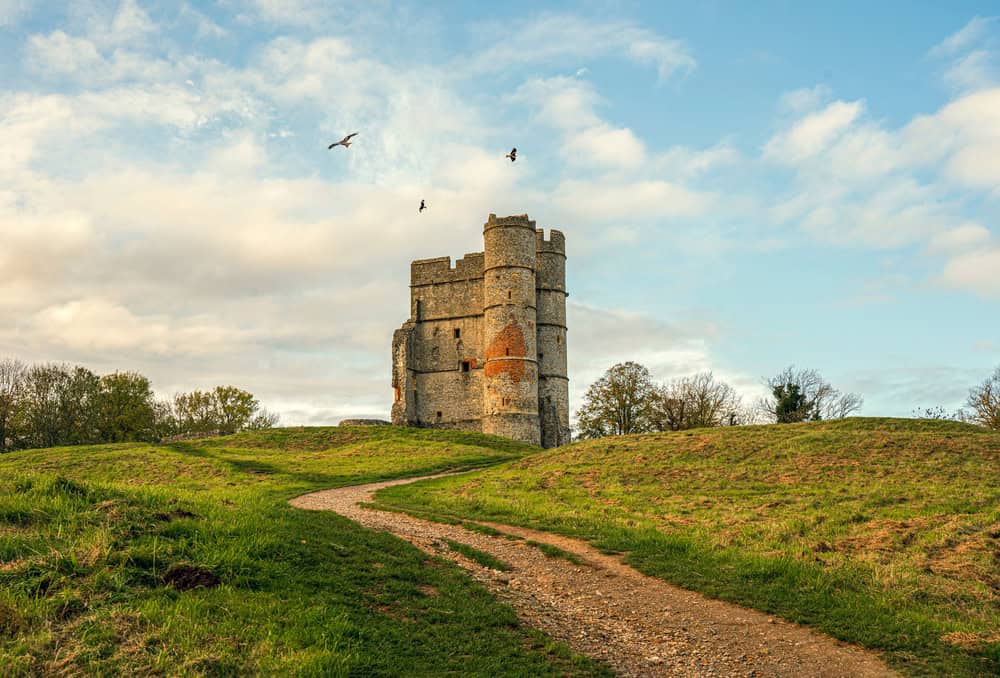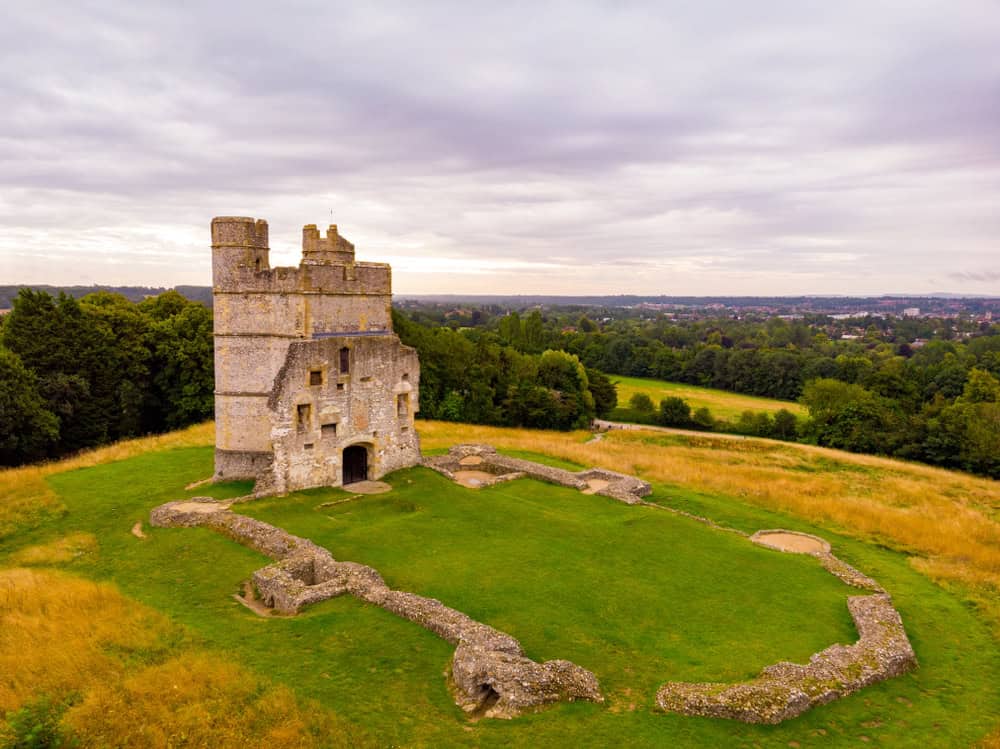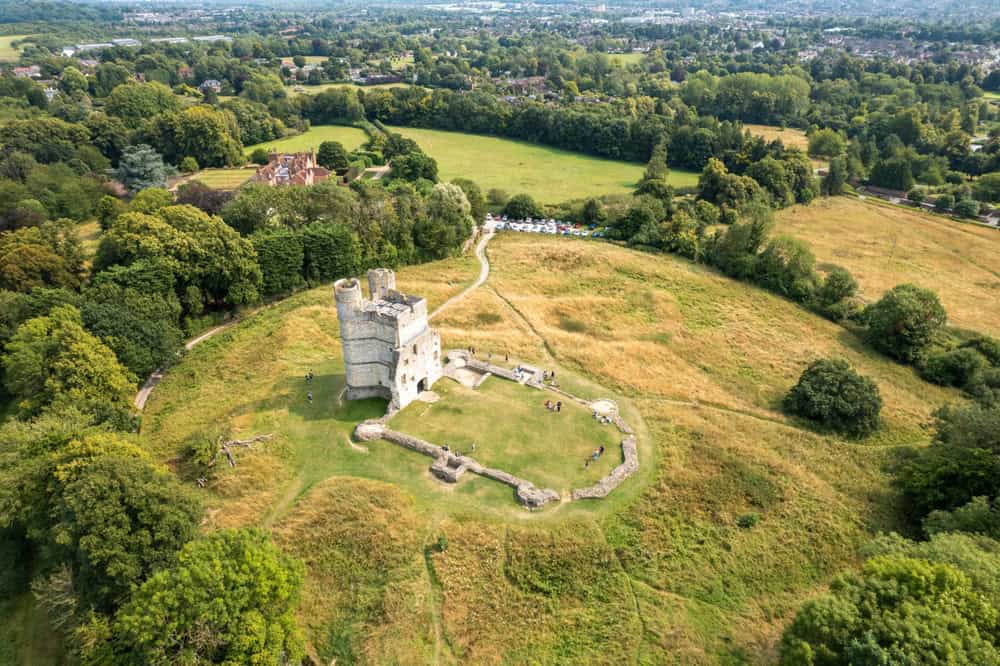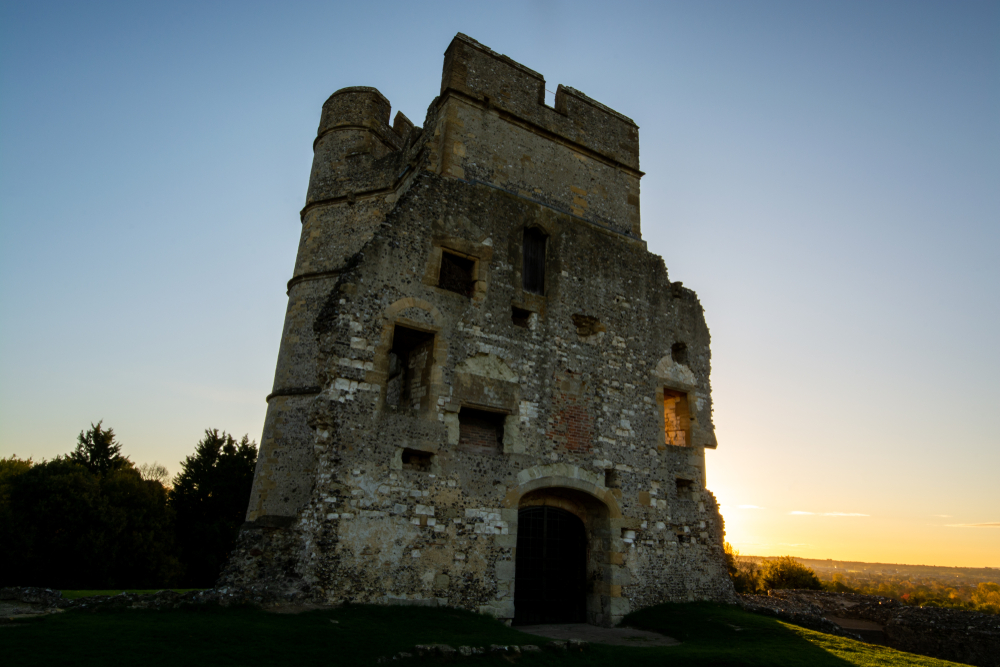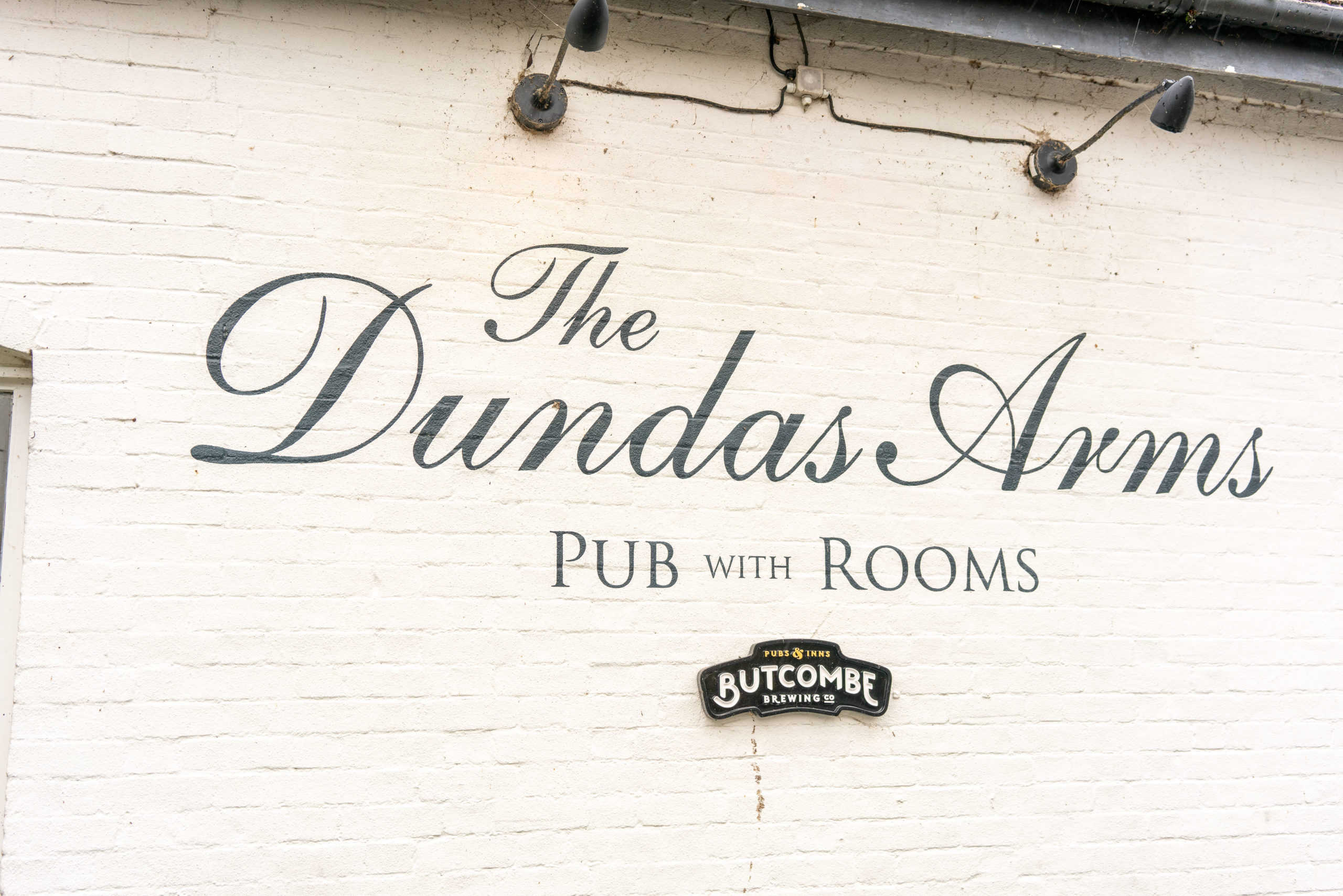A Brief History of Donnington Castle
Donnington Castle was built in 1386 by Sir Richard Abberbury the Elder, who received a licence from King Richard II to fortify his manor house. Originally, the castle featured high curtain walls, corner towers, and a grand twin-towered gatehouse, designed to demonstrate the owner’s wealth and status. Over the centuries, it changed hands several times, eventually becoming associated with notable historical figures such as Thomas Chaucer, son of the poet Geoffrey Chaucer, and later serving as a royal residence.
During the 16th century, Donnington Castle hosted several royal visitors, including Henry VIII, Edward VI, and Queen Elizabeth I, who stayed there in 1568. However, it is best known for its role in the English Civil War. Between 1643 and 1646, it was heavily fortified and famously defended by Sir John Boys, who held the castle for the Royalists under siege by Parliamentary forces. The defenders constructed distinctive star-shaped earthworks around the castle, remnants of which can still be seen today. Eventually, the castle surrendered, and Parliament ordered much of it to be destroyed, leaving only the gatehouse intact.



